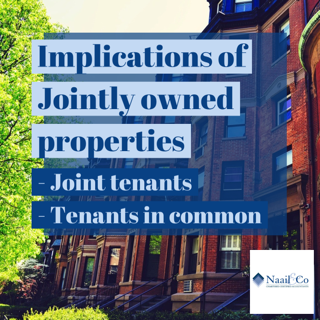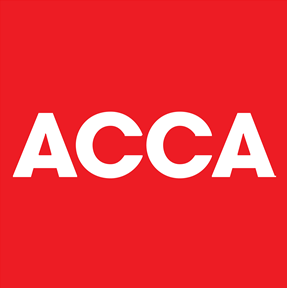Introduction: Jointly owned property
Under English property law, there are two ways in which property can be owned jointly as joint tenants and as tenants in common. The way in which jointly held property is owned will dictate what happens when one of the co-owners dies. Regardless of whether the property is owned as joint tenants or as tenants in common, the deceased’s share forms part of their estate.
When undertaking IT planning landlords should consider how joint properties are held and whether the current ownership structure would give the desired outcome should one of the co-owners die.
Joint Tenants
Where a property is owned as joint tenants, the owners together own all of the property equally – together they own the whole rather than each owning a specified share. All joint owners will have their names on the deeds, but if one of the co-owners dies, ownership passes to the other joint owners. The deeds are changed to the names of the surviving co-owner or owners once a death certificate has been provided to Land Registry.
Spouses and civil partners generally opt to own property together as joint tenants to ensure that it passes to the surviving spouse or civil partner on death; particularly where the property in question is the main residence in order to provide security to the surviving spouse or partner that they will not need to leave their home following their partner’s death.
Under the survivorship rules, where a property is owned as joint tenants it automatically passes to the surviving joint owners on death. Thus, where a property is owned by spouses or civil partners as joint tenants, it will automatically pass to the surviving spouse or civil partner on death and benefit from the spouse exemption, and ownership as joint tenants may be preferred for this reason.
Landlords who are not spouses or civil partners may wish to consider holding investment properties as tenants in common to prevent their share in the property passing to the other joint owners.
Where the property is let, the income tax implications should also be borne in mind.
Tenants in Common
Property can also be owned jointly is as tenants in common. Where this route is taken, each joint owner owns a specified share of the property. That share is theirs to do with what they choose. On death, their share is distributed in accordance with their Will – it does not pass automatically to the other joint owners.
Prior to the introduction of the transferable nil rate band, property was often owned as tenants in common to prevent the nil rate band being wasted on the death of the first spouse or civil partner by passing the deceased’s share to the children rather than the surviving spouse. Property purchased jointly prior to October 2007 by spouses and civil partners may be owned as tenants in common for this reason.
Ownership as tenants in common is popular where the joint owners are not in a relationship, for example, if a group of friends buy a property together. However, it can also be beneficial for married couples and civil partners to own property as tenants in common, rather than as joint tenants, as it allows for an element of flexibility when tax planning which is not available where a property is owned as joint tenants.
Where property is owned as tenants in common and the ownership shares are not specified, the owners are deemed to own the property in equal shares. Therefore, where spouse or civil partners own a property jointly as tenants in common, unless otherwise agreed, each will own a 50% share.
On death, where property is owned as tenants in common, the deceased’s share will pass in accordance with their Will (or under intestacy laws where there is no Will). If it is left to the surviving spouse, it will benefit from the spouse exemption. Where it is left to a beneficiary other than a spouse or civil partner, the nil rate band will be available (as will the residence nil rate band where the main residence is left to children or other direct descendants). This can be an attractive option to shelter the property against care costs, or where property prices are expected to increase faster than any rise in the nil rate band, which is likely in the current market.

Our service to you
If you are a self employed, business owner/director of company looking to get your accountancy and taxation matters sorted, look no further. We, at Naail & Co, are pro-active and easily accessible accountants and tax advisors, who will not only ensure that all your filing obligations are up to date with Companies House and HMRC, but also you do not pay a penny more in taxes than you have to. We work on a fixed fee basis and provide same day response to all your phone and email enquiries. We will also allocate a designated accounts manager who would have better understanding of your and business financial and taxation affairs. Book a free consultation call with one of our specialist landlord accountants using the link below.
Related pages:
Get further information from the following pages;
Related Blogs:
Get further information from the following blogs;
B2L landlord targeted with nudge letters
End of self assessment tax returns for B2L landlords
Super deduction extension for landlords
Commercial rent arrears and premises recovery
Subscribe to our newsletter
BUSINESS HOURS
Monday – Friday
- 9:00 am – 5:30 pm
Pages:
Menu








